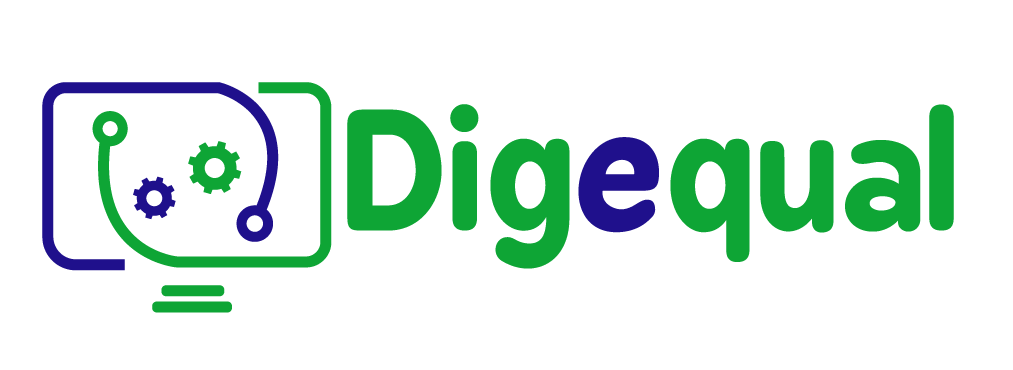The must-have e-government tools
The must-have for accessing government digital services is your electronic identity. You can access services from any device – such as computers, tablets and smartphones – using a unique and secure identification system that protects the privacy of your personal data. Usually, to request your electronic identity, you need an email address, the phone number of the mobile phone you normally use and a valid identity document.
To improve and speed up communication between the government and its citizens, e-government uses information and digital technologies such as QR codes and NFC
 QR codes look similar to barcodes but have a square shape and can be used by governments, especially local governments, to speed up public service. Using a QR code, one can register or check-in online, easily share public information, access meetings, conferences and presentations, and share scheduled events.
QR codes look similar to barcodes but have a square shape and can be used by governments, especially local governments, to speed up public service. Using a QR code, one can register or check-in online, easily share public information, access meetings, conferences and presentations, and share scheduled events.
 The NFC technology enables contactless payments, allowing users to pay for products with a tap of their bank card. Since NFC technology – when incorporated into a smartcard – enables contactless access to the data stored on the card, the same principle may be used by governments as well, who can use this technology to give citizens access to e-government services via their mobile devices.
The NFC technology enables contactless payments, allowing users to pay for products with a tap of their bank card. Since NFC technology – when incorporated into a smartcard – enables contactless access to the data stored on the card, the same principle may be used by governments as well, who can use this technology to give citizens access to e-government services via their mobile devices.
You can see in the Database of the DigEqual project all examples of e-government services; in the annexe, you will find many examples of apps implemented in different EU countries.
